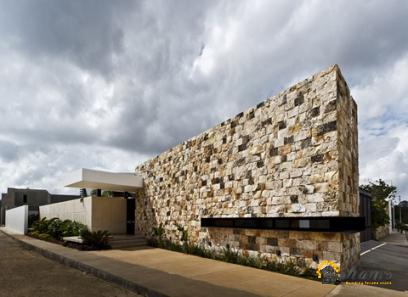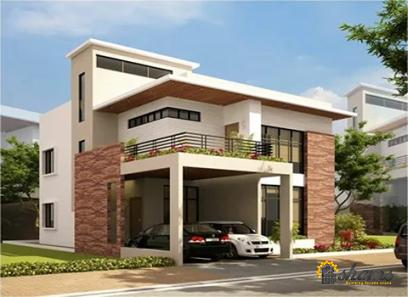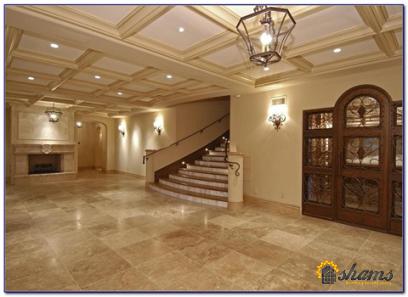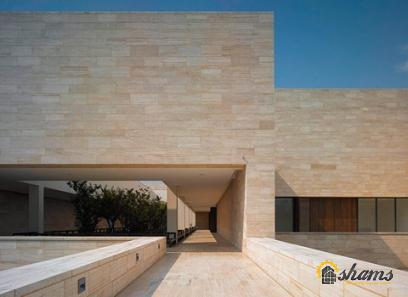When it comes to creating a lasting impression, the exterior of a house plays a crucial role. A well-designed and thoughtfully adorned exterior not only enhances the overall aesthetic appeal but also adds value to your property. One popular option to consider is exterior rock for houses. This versatile and durable material offers numerous advantages that can transform your home’s facade. In this article, we will explore the benefits, types, and installation considerations of exterior rock for houses, so you can make an informed decision for your next home improvement project. Benefits of Exterior Rock for Houses: 1. Durability: One of the most significant advantages of choosing exterior rock is its durability. Unlike other materials, such as wood or vinyl siding, rock can withstand harsh weather conditions, resist fading, and maintain its structural integrity over time.

.
 By investing in high-quality exterior rock, you can ensure your home remains protected for years to come. 2. Visual Appeal: Exterior rock for houses provides a timeless and elegant appearance, adding a touch of natural beauty to any architectural style. Whether you prefer a sleek modern design or a rustic charm, there are a variety of rock options that can complement your home’s unique character. From stacked stone to river rock, each choice can create a distinct ambiance that enhances the curb appeal of your property. 3. Low Maintenance: Maintaining the exterior of your home can be time-consuming and costly. However, exterior rock alleviates this burden, as it requires minimal maintenance.
By investing in high-quality exterior rock, you can ensure your home remains protected for years to come. 2. Visual Appeal: Exterior rock for houses provides a timeless and elegant appearance, adding a touch of natural beauty to any architectural style. Whether you prefer a sleek modern design or a rustic charm, there are a variety of rock options that can complement your home’s unique character. From stacked stone to river rock, each choice can create a distinct ambiance that enhances the curb appeal of your property. 3. Low Maintenance: Maintaining the exterior of your home can be time-consuming and costly. However, exterior rock alleviates this burden, as it requires minimal maintenance.
..
 Unlike traditional siding materials that may need frequent cleaning, repainting, or replacement, rock can be easily cleaned with water and a mild detergent. This low-maintenance characteristic makes it an attractive choice for homeowners looking to reduce long-term upkeep costs. Types of Exterior Rock: 1. Stacked Stone: Stacked stone is a popular choice for homeowners seeking a classic and sophisticated exterior. It consists of rectangular stones that are stacked tightly together, giving the illusion of a solid stone surface. Stacked stone can be applied to entire facades or used to accent specific areas, making it versatile and adaptable to a range of architectural styles. 2. River Rock: For a more natural and rustic appearance, river rock is an ideal option. These smooth stones contribute to a textured and earthy aesthetic, often used to frame windows, doors, or as a creative border design. River rock offers a charming and inviting look, perfect for homes embracing a cozy and warm atmosphere.
Unlike traditional siding materials that may need frequent cleaning, repainting, or replacement, rock can be easily cleaned with water and a mild detergent. This low-maintenance characteristic makes it an attractive choice for homeowners looking to reduce long-term upkeep costs. Types of Exterior Rock: 1. Stacked Stone: Stacked stone is a popular choice for homeowners seeking a classic and sophisticated exterior. It consists of rectangular stones that are stacked tightly together, giving the illusion of a solid stone surface. Stacked stone can be applied to entire facades or used to accent specific areas, making it versatile and adaptable to a range of architectural styles. 2. River Rock: For a more natural and rustic appearance, river rock is an ideal option. These smooth stones contribute to a textured and earthy aesthetic, often used to frame windows, doors, or as a creative border design. River rock offers a charming and inviting look, perfect for homes embracing a cozy and warm atmosphere.
…
 Installation Considerations: 1. Professional Installation: While some homeowners may choose to tackle exterior rock installation as a DIY project, it is recommended to engage professional installers. Skilled contractors possess the necessary expertise, equipment, and knowledge to ensure a seamless and long-lasting outcome. Professional installation also eliminates the risk of improper application, which could compromise the security and effectiveness of the rock’s installation. 2. Proper Preparation: Before installing exterior rock, it is crucial to prepare the surface properly. This includes cleaning the existing facade, repairing any cracks or damages, and ensuring a smooth and stable underlay. Adequate preparation will ensure the best result and extend the lifespan of the rock. Conclusion: Integrating exterior rock into your home’s design offers various benefits that go beyond aesthetic appeal. Its exceptional durability, timeless beauty, and low maintenance requirements make it a worthwhile investment for homeowners. By choosing the right type of rock and engaging professional installers, you can elevate your property’s curb appeal and enjoy a stunning exterior that will endure for years to come.
Installation Considerations: 1. Professional Installation: While some homeowners may choose to tackle exterior rock installation as a DIY project, it is recommended to engage professional installers. Skilled contractors possess the necessary expertise, equipment, and knowledge to ensure a seamless and long-lasting outcome. Professional installation also eliminates the risk of improper application, which could compromise the security and effectiveness of the rock’s installation. 2. Proper Preparation: Before installing exterior rock, it is crucial to prepare the surface properly. This includes cleaning the existing facade, repairing any cracks or damages, and ensuring a smooth and stable underlay. Adequate preparation will ensure the best result and extend the lifespan of the rock. Conclusion: Integrating exterior rock into your home’s design offers various benefits that go beyond aesthetic appeal. Its exceptional durability, timeless beauty, and low maintenance requirements make it a worthwhile investment for homeowners. By choosing the right type of rock and engaging professional installers, you can elevate your property’s curb appeal and enjoy a stunning exterior that will endure for years to come.











Your comment submitted.